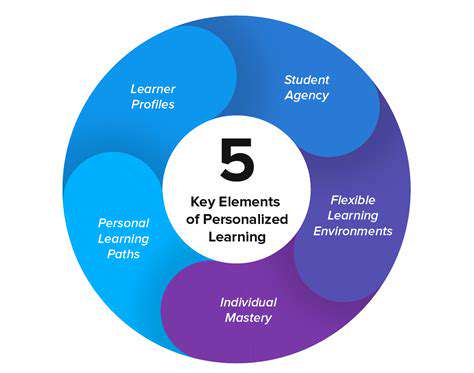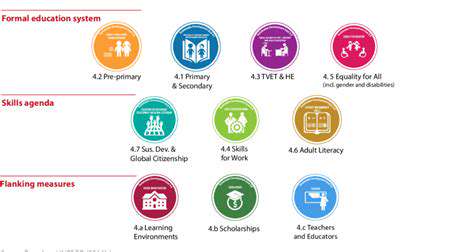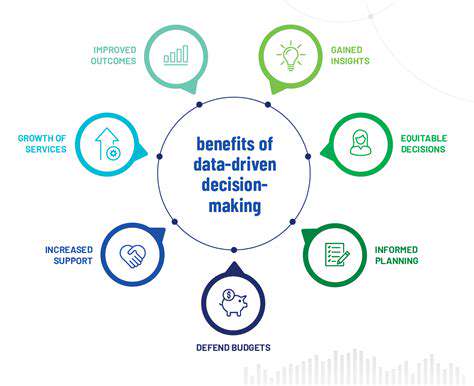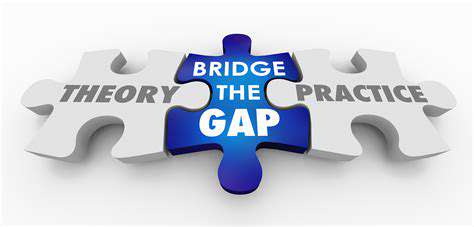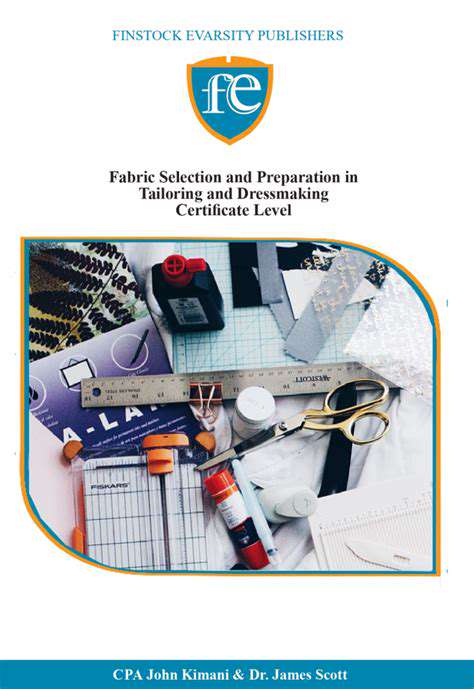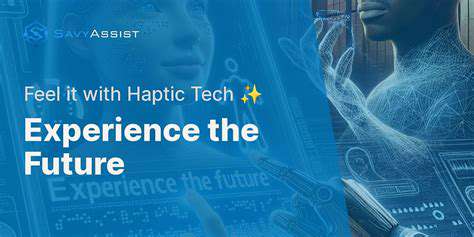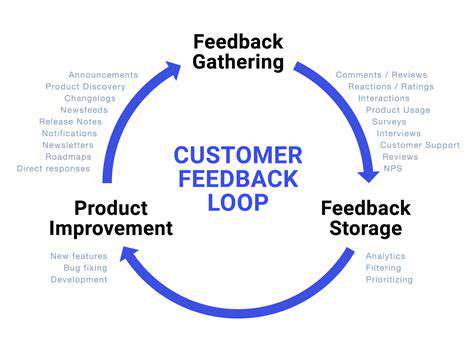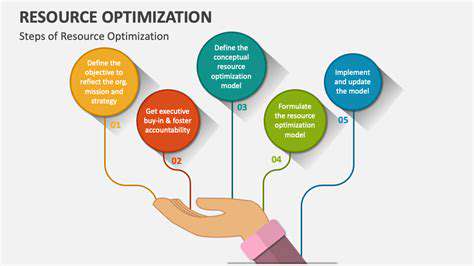Assessing Self Regulation in Hybrid Models
Introduction to Hybrid Learning and Self-Regulation
Understanding Hybrid Learning
Hybrid learning, a blend of in-person and online instruction, is rapidly becoming a prevalent educational model. This approach offers a flexible and adaptable learning environment that can cater to diverse student needs and preferences. By integrating online resources and activities into traditional classroom settings, hybrid learning allows for a dynamic and engaging learning experience, potentially enhancing student engagement and knowledge retention. This model also recognizes the varying learning styles and preferences of students, allowing for personalized learning pathways and increased opportunities for interaction with both peers and instructors.
Crucially, the success of hybrid learning hinges on effective strategies for integrating online and in-person components. Teachers need to carefully design activities that seamlessly bridge the gap between these two modalities, ensuring continuity in learning and fostering a sense of community among students. This involves thoughtful planning of online assignments, interactive discussions, and collaborative projects that complement in-person lectures and activities. Furthermore, the digital tools and platforms utilized must be user-friendly and accessible to all learners, regardless of their technical proficiency.
The Role of Self-Regulation in Hybrid Learning
Self-regulation, the ability to monitor and manage one's own thoughts, feelings, and behaviors, plays a pivotal role in successful learning, particularly in a hybrid environment. Students engaging in hybrid learning must develop strategies for independently managing their time, organizing their studies, and staying motivated, even without the constant structure of a traditional classroom setting. This involves identifying their own learning strengths and weaknesses, and developing effective strategies to overcome challenges and stay on track. In a hybrid learning environment, self-regulation becomes even more critical for students to navigate the complexities of balancing online and in-person learning activities.
Furthermore, developing self-regulation skills in hybrid learning environments requires active participation and engagement in the learning process. Students need to develop metacognitive awareness, actively reflecting on their own learning processes and adjusting their strategies as needed. This involves setting realistic goals, creating schedules, and effectively managing distractions in both online and in-person learning contexts. By fostering self-regulation, students can become more independent, proactive learners who are better equipped to succeed in any educational environment.
Effective strategies for promoting self-regulation in hybrid learning include providing clear expectations and guidelines, offering opportunities for student-led learning activities, and encouraging collaborative learning and peer support. This multifaceted approach helps students develop a strong sense of agency and ownership over their learning, ultimately leading to greater academic success and personal growth.
Assessment Strategies for Hybrid Learning Environments

Assessment Strategies for Hybrid Learning Environments
Hybrid learning environments present unique challenges and opportunities for educators to effectively assess student learning. Traditional assessment methods may not always align perfectly with the blended nature of these environments. Developing a robust assessment strategy is crucial to ensuring all students, regardless of their learning modality, have the opportunity to demonstrate their knowledge and skills. This requires careful consideration of the various elements inherent in hybrid learning, such as synchronous and asynchronous components, and the diverse learning styles that are represented.
A key consideration is the balance between formative and summative assessments. Formative assessments should be frequent and provide ongoing feedback to students, helping them understand their strengths and weaknesses. This allows for timely adjustments to teaching strategies and provides opportunities for students to improve their understanding before summative assessments.
Leveraging Technology for Assessment
Technology plays a significant role in modern education, and this is especially true in hybrid learning environments. Tools such as online quizzes, interactive simulations, and digital portfolios can be used to create engaging and effective assessments. These technologies can provide immediate feedback, track student progress, and offer opportunities for self-reflection and improvement.
The use of digital platforms also allows for greater flexibility in scheduling and administering assessments. This can be particularly beneficial for students who may have different schedules or learning preferences.
Designing Synchronous and Asynchronous Assessments
Hybrid learning often involves a mix of synchronous and asynchronous learning activities. Assessment strategies must account for these different modalities. Synchronous assessments, such as live discussions or collaborative projects, can be valuable for assessing real-time understanding and critical thinking skills. These assessments can also foster a sense of community and interaction among students.
Asynchronous assessments, such as online assignments or written reflections, provide opportunities for students to demonstrate their understanding at their own pace. These assessments can be particularly beneficial for students who may need more time to process information or who have scheduling constraints.
Addressing Diverse Learning Needs
Students in hybrid learning environments may have diverse learning needs and preferences. Assessment strategies should be designed to accommodate these differences. This might involve offering alternative formats for assessments, providing accommodations for students with disabilities, or incorporating multiple assessment methods to provide a more comprehensive view of student learning.
Recognizing and addressing diverse learning styles is essential for ensuring that all students feel supported and empowered in the learning process. This includes providing options for demonstrating knowledge and understanding that align with individual learning preferences.
Ensuring Validity and Reliability
Assessment validity refers to the degree to which an assessment measures what it intends to measure. Ensuring validity is crucial for accurately evaluating student learning in hybrid environments. This requires careful alignment between learning objectives, assessment tasks, and methods of evaluating performance. Reliability, the consistency of an assessment, is equally important for producing fair and accurate results. A reliable assessment yields similar results when administered multiple times to the same student.
Promoting Student Engagement and Motivation
Assessment strategies should be designed to promote student engagement and motivation. Incorporating elements of choice, collaboration, and creativity in assessment tasks can help increase student interest and participation. Engaging assessments can help students develop a deeper understanding of the material and foster a sense of ownership over their learning. This can also create a more positive and productive learning experience.
Providing clear and constructive feedback on assessments is essential for supporting student learning and motivating continued effort. Feedback should be timely, specific, and actionable, helping students understand how to improve their performance.
Read more about Assessing Self Regulation in Hybrid Models
Hot Recommendations
- Attribution Modeling in Google Analytics: Credit Where It's Due
- Understanding Statistical Significance in A/B Testing
- Future Proofing Your Brand in the Digital Landscape
- Measuring CTV Ad Performance: Key Metrics
- Negative Keywords: Preventing Wasted Ad Spend
- Building Local Citations: Essential for Local SEO
- Responsive Design for Mobile Devices: A Practical Guide
- Mobile First Web Design: Ensuring a Seamless User Experience
- Understanding Your Competitors' Digital Marketing Strategies
- Google Display Network: Reaching a Broader Audience

